Look at these pea plants now! I see flowers… peas are soon to follow!
The farm has transformed over the past month! At the end of April, most crops were sheltered in the protection of a high tunnel. Outside the tunnels, we had young pea plants, recently transplanted, and a few other crops bundled under row coverings for warmth. Looking across the field, all you saw were billowing white row covers that you hoped weren’t going to blow away in the wind.
But a month later, nearly all the beds are either planted, ready to be planted, or tarped in preparation to plant in the coming weeks. The fields have gone from fallow, slightly feral, with weeds germinating and ill-defined walking paths to more orderly, with plants in (mostly) straight rows, weed barriers in place, and food and flowers ready for harvesting.
And from now until December, we’ll be in a constant struggle against entropy!
We started the season by re-measuring all of the fields, so every bed would be exactly 100 feet long. Over time, some of the fields shortened as weeds and grass crept in from the edges. We create the crop plan and start seedlings in the greenhouse with the goal of planting into 100 foot long beds. So, it can be frustrating when transplanting to find out that the bed is actually more like 95 feet long. We measured the fields, laid landscape fabric to delineate the field from the grass, and patted ourselves on the back for making everything so orderly. Entropy conquered! Somewhat. The weeds and grass won’t go down that easily. They’re still pushing up around the fabric and will probably require us to fork them out or pull them up by hand.
Although this work is in nature and in constant communion with plants, insects, and bugs, farming is not a natural process. It disrupts ecological succession wherein land moves from bare dirt, to annual plants, to grass and perennials. What we call entropy, nature just calls normal, healthy even. We’re constantly balancing the desire to maintain the field in a hospitable state for delicious annual vegetables and beautiful annual flowers with the benefits of allowing natural processes to occur.
Much of this season’s ranunculus was planted into a field that had lay fallow for years. It’s been an uphill battle to prepare the space for crops, and we’ve needed to weed frequently in order to keep up with the seemingly massive weed seed bank that’s present in the soil. Turns out, Elise thinks they may be the best ranunculus we’ve ever grown.
Could this amazing crop of ranunculus be the result of the soil biology and chemistry developed from the years that the field was untouched? We only have anecdotal evidence, and, really, it’s probably due to a host of factors. However, we do know that working alongside nature, rather than against it, when we can is probably a smart way to go.
Look at the friend we found in one of the high tunnels!
So, we continue the balancing act! We’ll work in step with nature by continuing to rely on low-till methods which leave soil biology more intact and follow organic standards prohibiting the application of synthetic substances. But, as soon as the next sunny day comes along, you will probably find us out in the field pulling weeds.
-Kiersten







